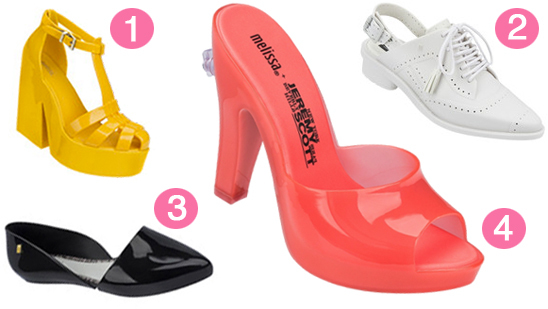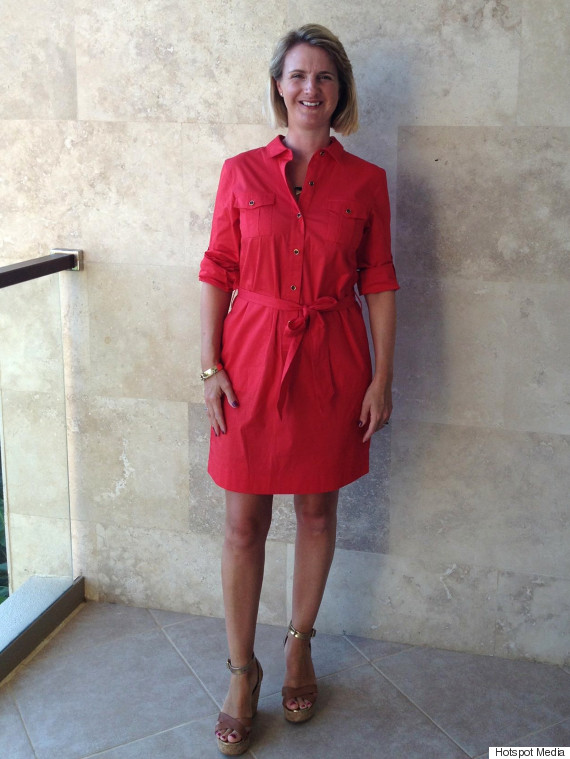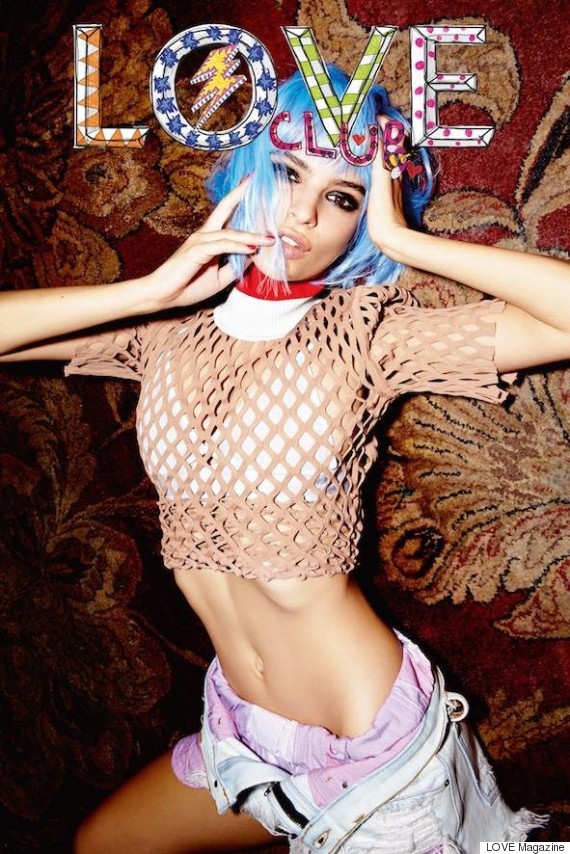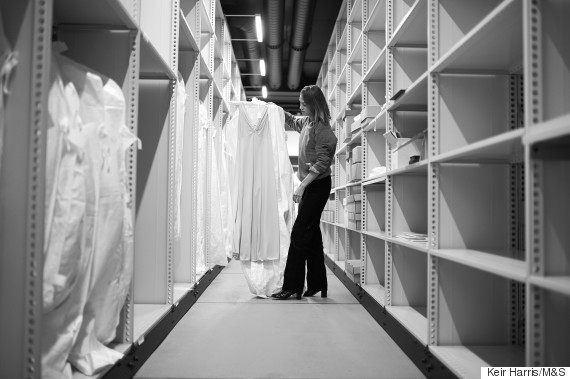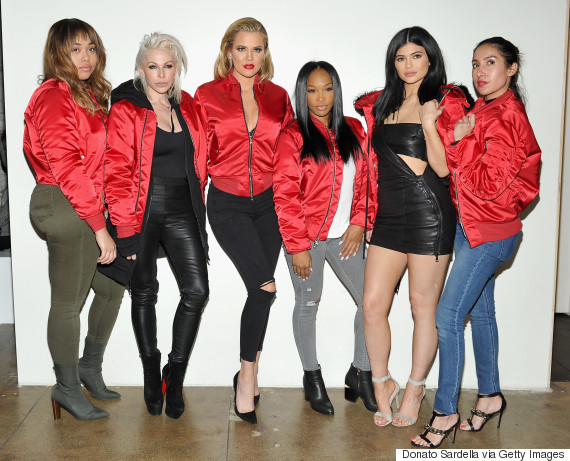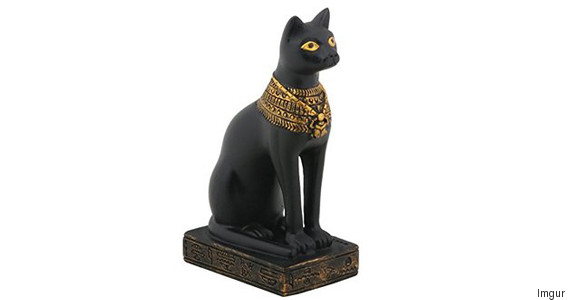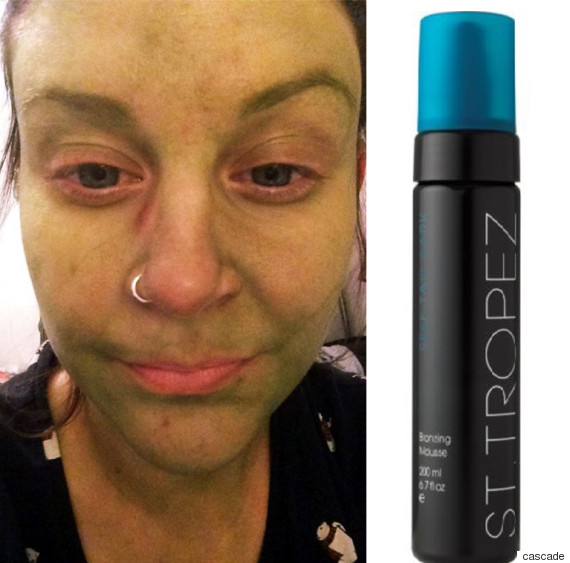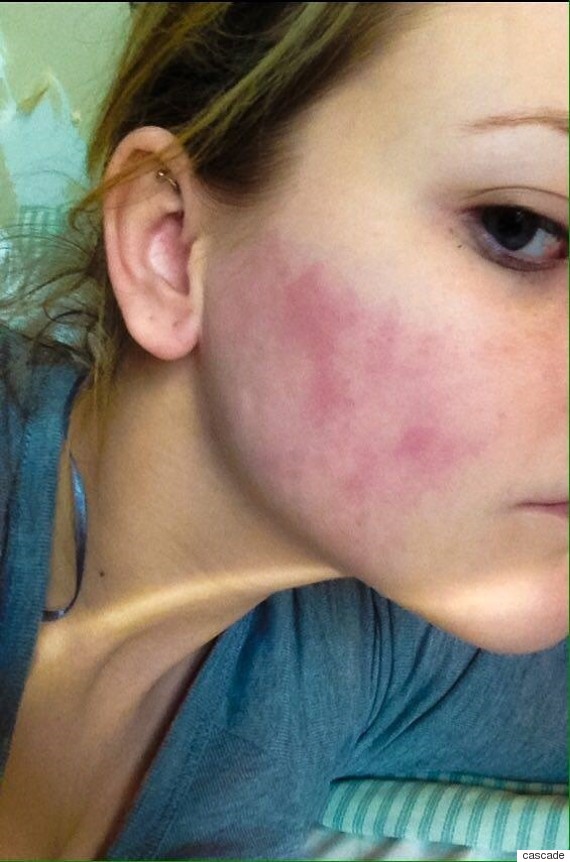![banner]()
I am an Asian woman. I am a size 12 Asian woman. I have been a size 18 Asian woman. I have been a size 6 Asian woman. I have been a size 18 disabled Asian woman.
At no point in my thirty years, have I ever felt truly represented by the fashion industry. This is despite growing up in London, arguably the most cosmopolitan city in the world, known as the capital of fashion, the birth of trends in art and music, and part of a democratic country that prides itself upon it's capabilities within "political correctness."
What's going on? How is it possible for such little progression to emerge by 2016? How can anyone look themselves in the mirror knowing that they are promoting and profiting from bold segregation, a crime akin to racism? Exclusion is merely a passive-aggressive way of discriminating. It's pathetic and outrageous, and extremely sad that the government has not yet been more heavily involved in forcing equality, and more so, that the fashion industry is so short sighted, closed minded and xenophobic that it would have to take government intervention to remedy their blatant disregard of anyone who does not fit into their (frankly ridiculous) mould of what they deem as beautiful, and essentially, acceptable.
Christ, I mean even for the able-bodied, predominantly Caucasian girls, the standards are scarcely human. They must be 5'10", but with the body of a male who is 10-years-old, and the proportions of someone eight inches smaller than their frame. They are pressured to emulate a look that genuinely resembles famine, and most of them lead a lifestyle of malnutrition that is conducive to that look. When I was a model at 15, I was eating one red pepper a day, and if I had a big day of castings, I would survive off a bag of Haribo, which gave me the 500 calories a day that would keep me alive. I was congratulated daily on my appearance, the more vertebrae upon my back you could count, the better my auditions went. By 16, my periods had stopped completely. By 17 I had bed sores on my hips and lower spine.
I felt ashamed by what I was doing when there were people in my home country literally starving to death with no choice but to wait to die. I never did that again. For a while I became a model scout and agent, thinking naively I could change the industry from the inside, and even kicked off the famous "size zero debate" with an article I wrote to the evening standard about my concerns from behind the curtain of the business, back in 2005. I was on all of the news channels at 19-years-old, begging for the industry to wake up and mend its damaging ways. There was all sorts of fuss, and promises made by the BFC, government chin stroking and nodding. But ten years later, a girl who isn't a size 6 walks the runway or appears on a magazine cover, it still makes front page news.
I'm so embarrassed for the fashion industry. And I am confused. It is an industry in which the agents, scouts magazine editors, writers and even bloody designers are almost all quite fleshy, with varied ethnicities, of varied heights, and with varied physical capabilities. So it does beggar the question, "What the fuck are they all doing?" I mean, don't they want to see themselves represented in the world of style and beauty? It can't be good for their self esteem to never promote a look similar to theirs as an acceptable form of aesthetic?
I once questioned a very, very big magazine editor about why magazines don't take charge and insist on bigger samples from designers to fit girls who are over size "Baby Gap.", seeing as if they refuse to put the clothes in their pages, designers would be devoid of a huge medium for the world to see their art, so would have no choice but to cave.
She answered, "We are selling a fantasy."
What? WHAT? Imagine the depth of how dark that statement is. Such a swift and blunt declaration of elitism, that is birthed by who exactly? Who got to decide that flesh was not beautiful, that love handles and tummies weren't sexy and womanly, that a wheelchair didn't just make you a woman who was sitting down, that walking aids or hearing aids subtracted from your right and ability to be deemed attractive? Who decided that none of these things could allow you to be a fantasy?
You can't just pretend that most of the world doesn't exist! The average size in the UK is a size 16, there are 11.9million people out of only about 67million who have a disability, and the variety of ethnicities in the UK, and the West generally, is staggeringly vast. Having a token black, Indian or Japanese model, is a mortifying concept in this day and age.
All human beings deserve to feel good about their appearance. We all deserve to feel sexy and desirable. It is not a tiny industry's right to tell us otherwise via their dangerous and thoughtless propaganda. When I visit London Fashion Week, I just feel sad as I watch the girls totter down the runway, looking sullen and devoid of energy or the delicious youthful glow that anyone not being practically starved to death, would possess in their teenage years.
Also the age thing is bizarre. While we are talking about diversity. What 16-year-old, who isn't a Kardashian or Hadid, can afford Chanel, Celine and Louis Vuitton? What 26-year-old can even afford these things? Why are grown women, who are the only realistic customers of these brands, forced to try to imagine themselves in clothes and products modelled by children? Aside from the fashion industry's unhealthy obsession with youth, and terror of gravity and wrinkles, they realise that teenagers aren't fully grown yet, so it is easier for them to achieve that elusive thigh gap, their breasts and hips have not yet made a proper entrance and they have the time and energy to exist on very little nutrition, and they are young and impressionable in an industry full of adults, so will be more willingly complicit in achieving impossible aesthetic standards. But they are selling those clothes to grown women who are developed and have jobs and children and cellulite, breasts and flesh on their upper arms, who then feel inferior for not matching how the clothes look in the magazines.
So the industry perpetuates a constant cultural feeling of unrest and inferiority that is based on the nonsense manifestation of some uncompromising maniac's ideal of "beauty".
The definition of a model is a system or thing used as an example to follow or imitate.
How dare anyone feel that it is acceptable to force such an elusive stereotype? And high fashion complains that year upon year it is losing money to the high street. Well the high street caters to a size 16, and (so bloody) slowly, but surely, high street brands for larger sizes are growing in power and influence. So it's not even good business. It's cutting your nose to spite your face in the most mortifyingly obvious way.
We need to move fast to make reparations. There is (the much larger) portion of society who deserve to be heard, and dressed. And they have good money to spend, and can breathe some god damn life and inspiration into the high fashion industry that is walking the green mile towards its demise if it does not listen to the cries of the people.
A wheelchair, a lack of symmetry, a few lumps and bumps, freckles, dark skin, short legs, full arms and frizzy hair, are not bad things. They are part of human beings. They belong to real lives that are being lived everyday, who are being subliminally rejected every single day.
It begins with the designers. You have a job to do. You have a platform and a responsibility. You have a power to make anyone in the world feel beautiful at your fingertips, which is one of the greatest gifts you can give to a person. Prove that you have the imagination, will, and basic talent to be able to make something that isn't solely a walking rail, look spectacular.
Aside from the fact that you will be doing something fair and noble, you will also be bloody rich. If nothing else is a motivation, a 90% higher consumer rate, must be something to look forward to.
Surely.
This February, HuffPost UK Style is running a month-long focus on our Fashion For All campaign, which aims to highlight moments of colour, size, gender and age diversity and disability inclusivity in the fashion and beauty world.
We will be sharing moments of diversity at London Fashion Week with the hashtag #LFW4All and we'd like to invite you to do the same. If you'd like to blog about diversity or get involved, email us here.

